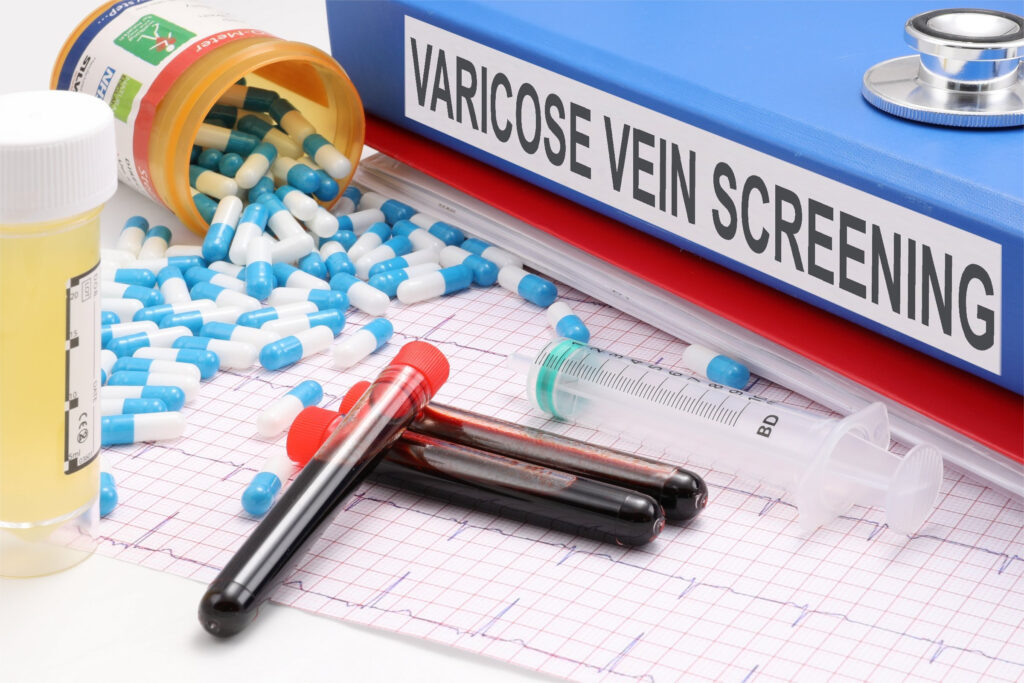Varicose veins are a common condition affecting many individuals. They are characterized by enlarged, twisted veins that often appear on the legs. While they are typically harmless, some cases may cause discomfort or lead to complications. Here is more information on what varicose veins are, their causes, symptoms, treatment options, and when medical attention may be necessary:
What Are Varicose Veins?
Varicose veins are enlarged, twisted veins that are typically visible just beneath the surface of the skin. They commonly appear in the legs and feet due to the pressure exerted on these areas by standing or walking. While they can vary in color and size, these veins often create a bulging, rope-like appearance.
These veins result from faulty valves within the veins, which disrupt the blood flow back to the heart. Instead of flowing smoothly, blood pools in the veins, causing them to stretch and become varicose. Though often a cosmetic concern, this condition can sometimes cause discomfort or lead to other health complications.
What Causes Them?
The development of this condition is usually linked to weakened or damaged vein walls and valves. Several factors contribute to this condition, including genetics, age, pregnancy, and prolonged periods of standing or sitting. Women may be more likely than men to develop varicose veins, partly due to hormonal influences such as pregnancy or menopause. Obesity and a sedentary lifestyle also play a significant role by increasing pressure on the veins and weakening their structural integrity.
What Are the Symptoms?
For some individuals, this condition presents as a visual concern, with no noticeable symptoms. For others, they may cause a range of physical discomforts. Common symptoms include a heavy or achy feeling in the legs, swelling in the lower limbs, and itching around the veins.
Other symptoms may include cramps or throbbing sensations in the affected areas, particularly after prolonged periods of standing or sitting. If left untreated, some cases may lead to complications. Complications include venous ulcers, blood clots, or bleeding from the affected veins.
What Are the Available Treatments?
Advances in medical treatments provide several options for effectively managing or eliminating varicose veins. Each treatment targets the condition differently, depending on the severity and symptoms.
- Venous Ablation: Venous ablation involves the use of heat energy to close off the affected veins, thereby rerouting blood to healthier veins.
- Sclerotherapy: In this procedure, a solution is injected directly into the varicose veins. This solution causes the veins to scar, collapse, and eventually fade away as the body reroutes blood through healthier veins.
- VenaSeal®: VenaSeal® is a treatment that utilizes a medical adhesive to seal the affected veins shut.
When Should You Seek Help?
While not all cases require medical intervention, there are specific situations when seeking help is advisable. If symptoms such as pain, swelling, or frequent discomfort interfere with daily activities, consulting a healthcare provider is recommended. Other indicators include skin discoloration near the affected veins, open sores, or a feeling of heaviness that worsens over time.
Prompt evaluation is also suggested if there are signs of a blood clot. Signs include a sudden warmth, redness, or swelling in the lower leg. Addressing this condition early can prevent more severe complications and improve quality of life.
Schedule an Appointment Today
Varicose veins can impact more than your physical appearance; they can affect your overall well-being and daily routine. Several treatment options are available to help you treat this condition. Schedule an appointment today to discuss your symptoms and explore the most suitable treatment options for you.

